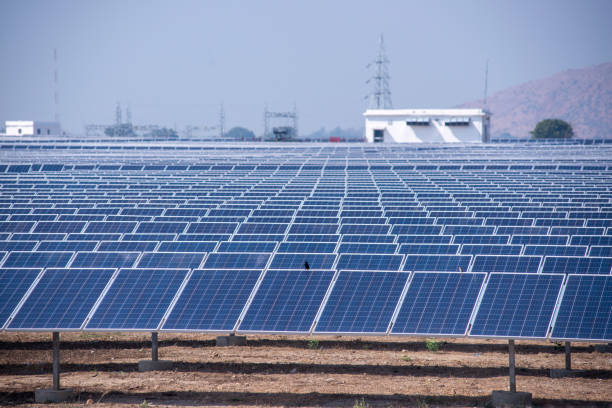
The evolution of technology has continuously been a boon to society, and one such advancement is the development of Artificial Intelligence (AI). AI Vision, in particular, is proving instrumental in mitigating regional road hazards. This technological innovation is being deployed with great success from Dubai to Delhi.
Dubai’s Roads and Transport Authority (RTA) has recently launched an initiative that uses AI Vision to improve road safety. The system utilizes smart cameras equipped with AI algorithms to monitor traffic flow and detect unusual movements or potential hazards on the roads. It can identify sudden stops, illegal U-turns, and other dangerous maneuvers that could lead to accidents. The real-time data generated by these cameras allows for swift response from authorities, thereby reducing accident rates significantly.
In addition, Dubai’s RTA has also introduced an AI-based automated system for testing vehicle fitness. By using machine learning algorithms that analyze thousands of images per second, this advanced driver assistance technology aims at detecting any mechanical faults in vehicles which may potentially cause accidents.
On the other side of the continent in Delhi, India’s capital city is also harnessing the power of AI Vision to tackle its notorious traffic issues. The city’s traffic police have installed high-tech CCTV cameras powered by AI across various intersections and hotspots prone to congestion and accidents.
These sophisticated devices are programmed not just for regular surveillance but can recognize number plates even under challenging conditions like poor lighting or fast-moving traffic. They can detect violations such as over-speeding or jumping red lights automatically without human intervention. Once a violation is detected, an e-challan (electronic fine) is immediately issued against the offender.
Moreover, Delhi Traffic Police have initiated a pilot project where they use drones equipped with facial recognition technology for better enforcement of traffic rules during peak hours when congestion tends to be at its highest level.
While these technologies are still evolving and their full potential yet untapped; initial results indicate significant improvements in road safety measures both in Dubai and Delhi. The use of AI Vision in traffic management is not only making roads safer but also optimizing the flow of vehicles, thus reducing congestion and travel time.
In conclusion, the integration of AI Vision into our transport systems is a promising development that could revolutionize road safety. From Dubai to Delhi, this technology’s application demonstrates its potential to mitigate regional road hazards effectively. As we continue to advance in artificial intelligence and machine learning, the future of transportation looks safer and more efficient than ever before.








